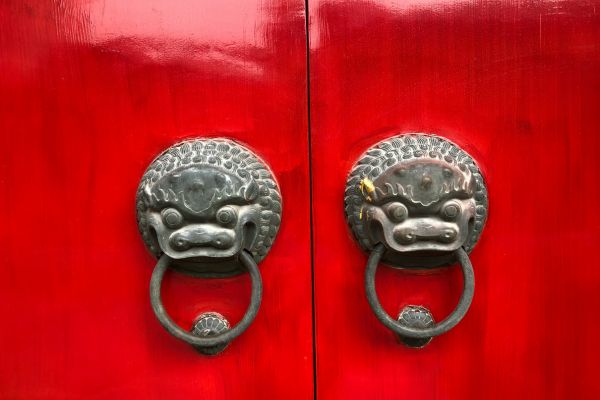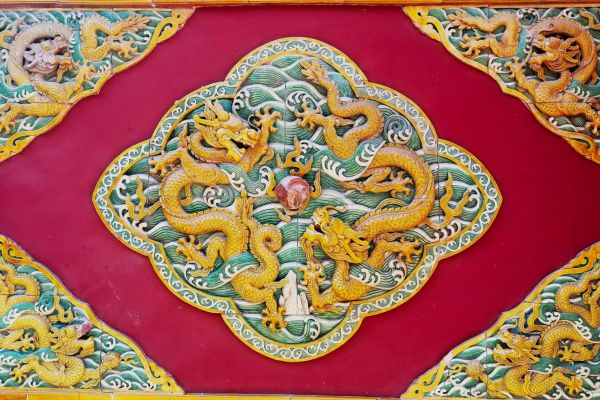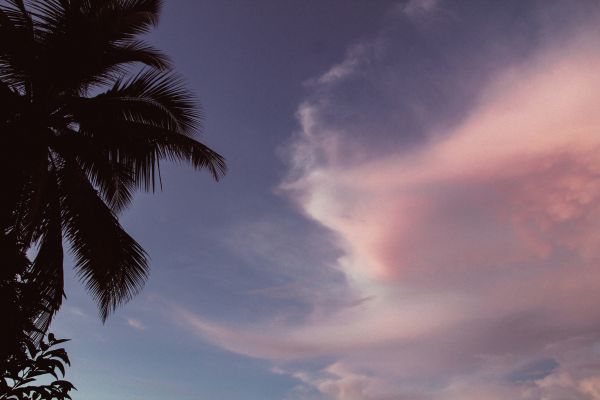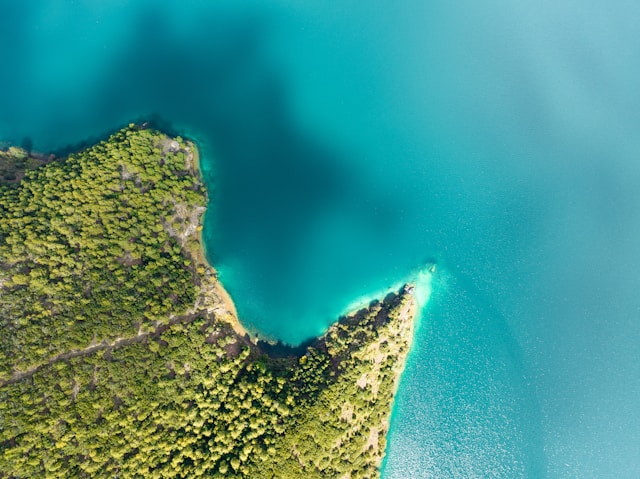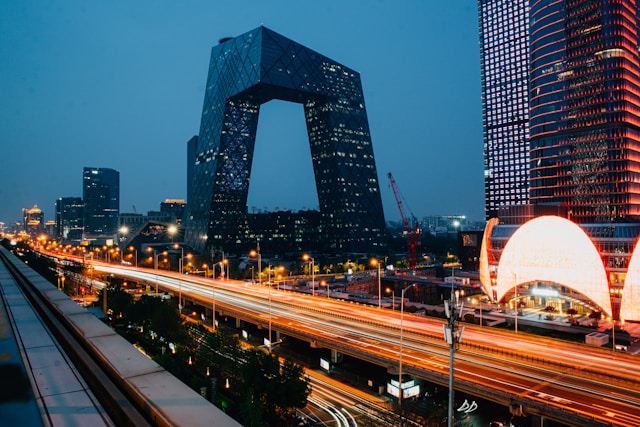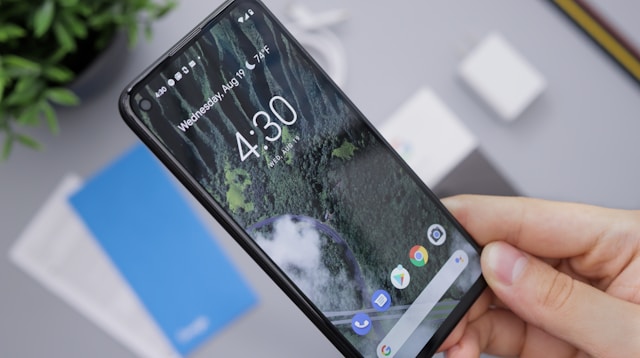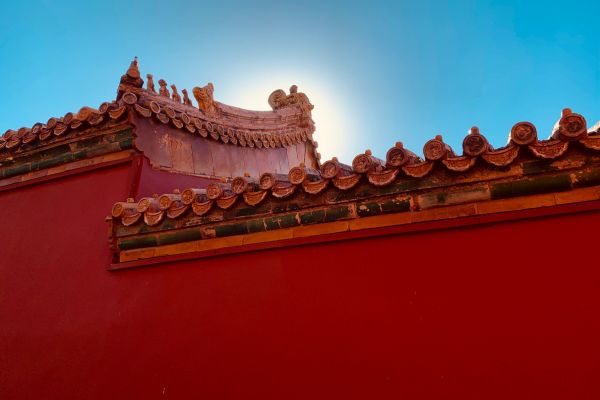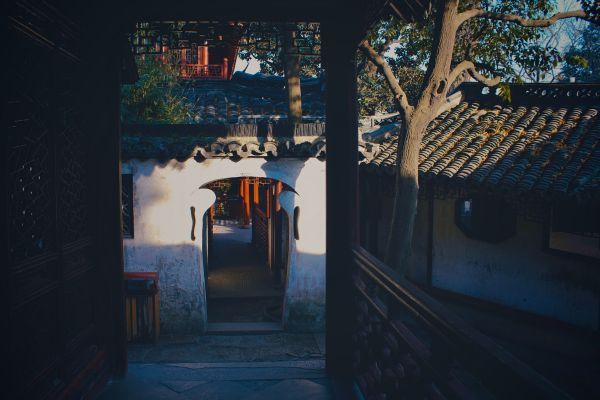
On October 17, 2020, China issued the latest revision of the Patent Law (“the Law”), which was the fourth amendment of the Law passed in 1984.
The amendment mainly focuses on the following matters: (1) to add the provision on the open license voluntarily agreed by the patentee; (2) to increase the indemnification to be paid by the infringer to the patentee; (3) to strengthen measures against the abuse of patent rights, which also constitutes a monopoly; and (4) to modify the definition of designs and extend the term of design protection.
The key points of the Law are as follows:
1. Invention-creations refer to inventions, utility models, and designs. (Art. 2)
(1) Inventions(专利) refer to new technical solutions proposed for a product, a process or the improvement thereof.
(2) Utility models(实用新型) refer to new technical solutions proposed for the shape and structure of a product, or the combination thereof, which are fit for practical use.
(3) Designs(外观设计) refer to, with respect to the whole or part of a product, new designs of the shape, pattern, or the combination thereof, or the combination of the color with shape and pattern, which are rich in an aesthetic appeal and are fit for industrial application.
2. Conditions for granting a patent
Inventions and utility models for which patent rights are to be granted shall be novel, creative, and of practical use. (Article 22)
A design for which the patent right is granted shall not be an existing design. Existing designs refer to designs that are already known to the public at home and abroad before the date of application. (Article 23)
3. The term of the invention patent right shall be 20 years, the term of utility model patent right shall be ten years, and that of the design patent right shall be 15 years, all of which shall commence from the application date.(Article 42)
4. If the patent applicant is dissatisfied with the decision made by the State Patent Office on rejecting of the application, he/she may file a request with the State Patent Office for review. After review, the State Patent Office shall make a decision and notify the patent applicant. If the patent applicant is dissatisfied with the review decision made by the State Patent Office, he/she may bring a lawsuit to the people's court. (Article 41)
5. Open license: a patentee may declare that he/she is willing to license any entity or individual to exploit his/her patent, and specify the method and standard for royalties payment. Such declaration shall be published by the State Patent Office before the open license is granted. Any entity or individual may obtain the patent license by notifying the patentee and paying the royalties. (Article 51)
6. Compulsory license: under certain specified circumstances, the State Patent Office may grant relevant parties a compulsory license to exploit the patent for invention or utility model, and the interested parties shall pay a reasonable amount of royalties to the patentee. (Articles 53 to 63)
For example:
(1) Where the exercise of patent right by the patentee engaged in semiconductor technology is deemed monopolistic, and in order to eliminate or reduce the adverse impacts of such exercise on competition, the Patent Office may grant a compulsory license to relevant parties, which is applicable within the territory of China. (Articles 53, 57, and 58)
(2) Where the patented technology represents significant technological progress of remarkable economic significance compared with an earlier invention or utility model for which the patent right has already been obtained, and the exploitation of the later relies on that of the earlier, the Patent Office may, upon the request of the patentee of later technology, grant it a compulsory license to exploit the earlier patented technology, provided that the territorial scope of the license shall be within the territory of China. (Articles 56 and 58)
7. If the patent rights are infringed upon by the parties, they shall bear the following liabilities:
(1) The infringer shall compensate the patentee's losses. The amount of compensation shall be determined according to the actual losses of the patentee or the benefits acquired by the infringer. If it is difficult to determine the losses or benefits, the amount of compensation may be reasonably determined with reference to the multiple of the royalties. If it is difficult to determine neither the losses, benefits nor royalties, the court may determine the amount of compensation within the range from CNY 30,000 to CNY 5,000,000. (Article 71)
(2) The infringer shall pay the patentee punitive damages: if the infringer's infringement is serious, the court may determine the amount of punitive damages as one to five times of the above-mentioned compensation. (Article 71)
(3) Where an infringer counterfeits the patent, the patent law enforcement department may order the infringer to make corrections, confiscate the illegal gains and impose a fine of not more than five times the illegal gains. If the infringer has no illegal gains, or the illegal gains are less than CNY 50,000, the law enforcement department may impose a fine of not more than CNY 250,000.
Where the infringement constitutes a crime, criminal responsibility shall be investigated in accordance with the law. (Article 68)
Photo by Alexandre Debiève (https://unsplash.com/@alexkixa) on Unsplash
Contributors: China Laws Portal Team
